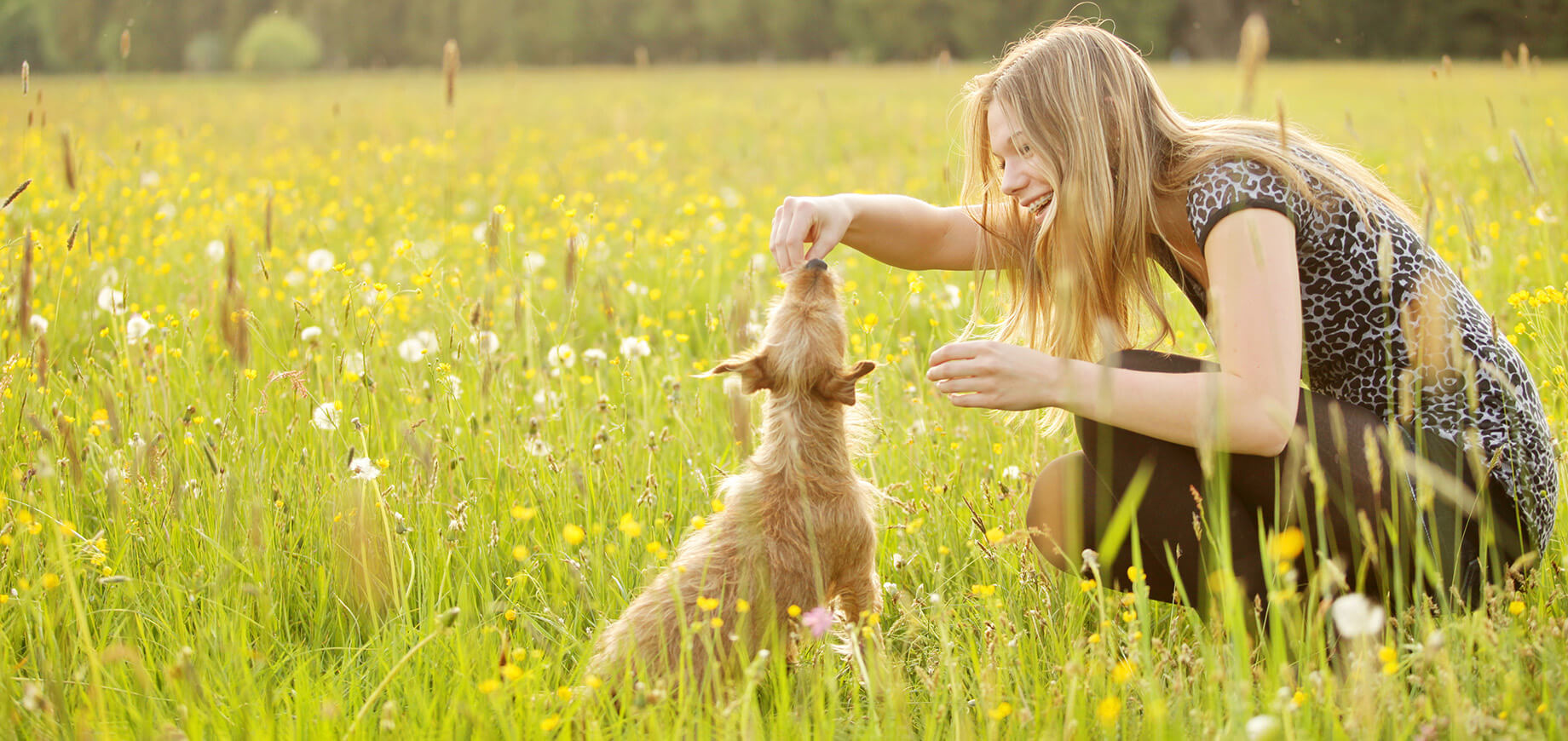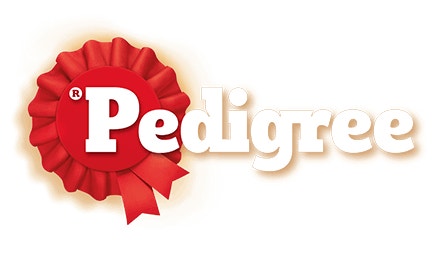
Dogs might be known as ‘man’s best friend’ but they communicate very differently to us humans. They ‘say’ things with their body language and can be bemused by our seemingly endless stream of words. Here, we take a look at how to speak to your dog and ensure great communication between the two of you.
Just because our dogs are part of the family, it doesn’t mean we should interact with them in exactly the same way we would other humans. Here are some things dogs tend not to like:
Humans are bigger than dogs and it’s natural that we tend to lean over them to talk to them or pet them. However, this can be intimidating for your dog. Instead, try to crouch down and approach your dog from the side.
As humans we’re taught that not looking at someone when they are talking to us is plain bad manners, but for some dogs direct eye contact can be intimidating, especially when they haven’t had a chance to get to know you properly yet.
Imagine being a small puppy and having this thing that’s half the size of your body swooping towards you. That’s how a pat on the head can feel to a dog. Much better to wait until the dog approaches you and gently scratch the front of their chest or the side of their neck.
Dogs don’t hug each other. (If they do clasp each other with their forelimbs, it’s probably in play, and it’s not a gesture of affection.) This means that when we hug our furry friends, it can make them feel stressed or threatened – we’re invading their personal space and restricting their movement.
Kissing is another human way of showing love and not something that dogs generally understand. This might seem confusing if you have a pooch who is constantly licking you, but although we have labelled dog licks as ‘kisses’ that’s not really how your dog thinks of them at all.
So now we’ve established the things that aren’t likely to go down well with your furry friend, what about the things that are?
If you’ve ever watched two dogs meet in the park, you’ll have seen that they literally sniff each other out. So it makes sense that when a dog first comes across a new human, they appreciate the opportunity to have a good sniff of them without you intervening.
If you’ve ever found yourself speaking to your dog in a baby voice and felt a bit silly, you can be assured that science is on your side! Studies have shown that using a high-pitched tone can improve your dog’s attention and help you to bond with your pet.
Sometimes the sheer volume of words that come out of their humans’ mouths can be bewildering for dogs. After all, they communicate mostly with body language. For this reason, if you’re trying to get your dog to do something it’s best to use a minimal amount of words and add in visual clues such as hand signals, along with positive reinforcement.
Dogs communicate a lot through body language, so it stands to reason that humans can use their body language to ‘talk’ to their dog. For example, if you open your hand every time you say ‘sit’, your dog will quickly learn that the action itself means you’re asking them to sit.
Rewarding desirable behaviour communicates to your dog that you’d like to see that behaviour repeated. Rewards can include praise, attention and of course treats. If you are using treats, it’s important to choose the right ones. The PEDIGREE™ Tasty Mini range is low in fat and contains Omega 3, Vitamin E and calcium. There are three great flavours: Beef & Cheese, Beef & Poultry and Chicken & Duck.
Dogs and little people can be firm friends, but it’s important that kids understand that dogs are not toys and have things they do and don’t like. An excitable toddler may frighten a new puppy, for example, however well-intentioned their affections are. For this reason, it’s important that you never leave a dog and a young child together unattended. It’s also a good idea to teach your kids to avoid hugging or kissing their new canine companion, any rough play or disturbing a dog when they are eating or sleeping. Want more advice? Check out Introducing a new dog to your kids.
While humans rely mostly on verbal communication, dogs primarily use body language, and they use their whole bodies for this purpose. A happy dog’s ears will be in a relaxed position, for example, (which will differ depending on the dog’s breed and natural ear position). Dogs use vocalisations too, of course, from whining to growling.
As our dogs can’t tell us what’s on their minds, it’s our responsibility to be aware of any signs they are stressed or frightened. Each dog is a unique individual and, as you get to know yours, you’ll learn to read them better than anyone else, but here are a few common signs of stress or fear to watch out for:
Teaching your new dog their name is an important part of being able to communicate with them. To teach them, take them to a quiet place in the house that’s free of distractions. Say their name and give them a treat. Practise this regularly in different locations with various distractions and, within days, your dog will know their name.
Don’t miss How to housetrain your dog and How to teach your dog to sit.

